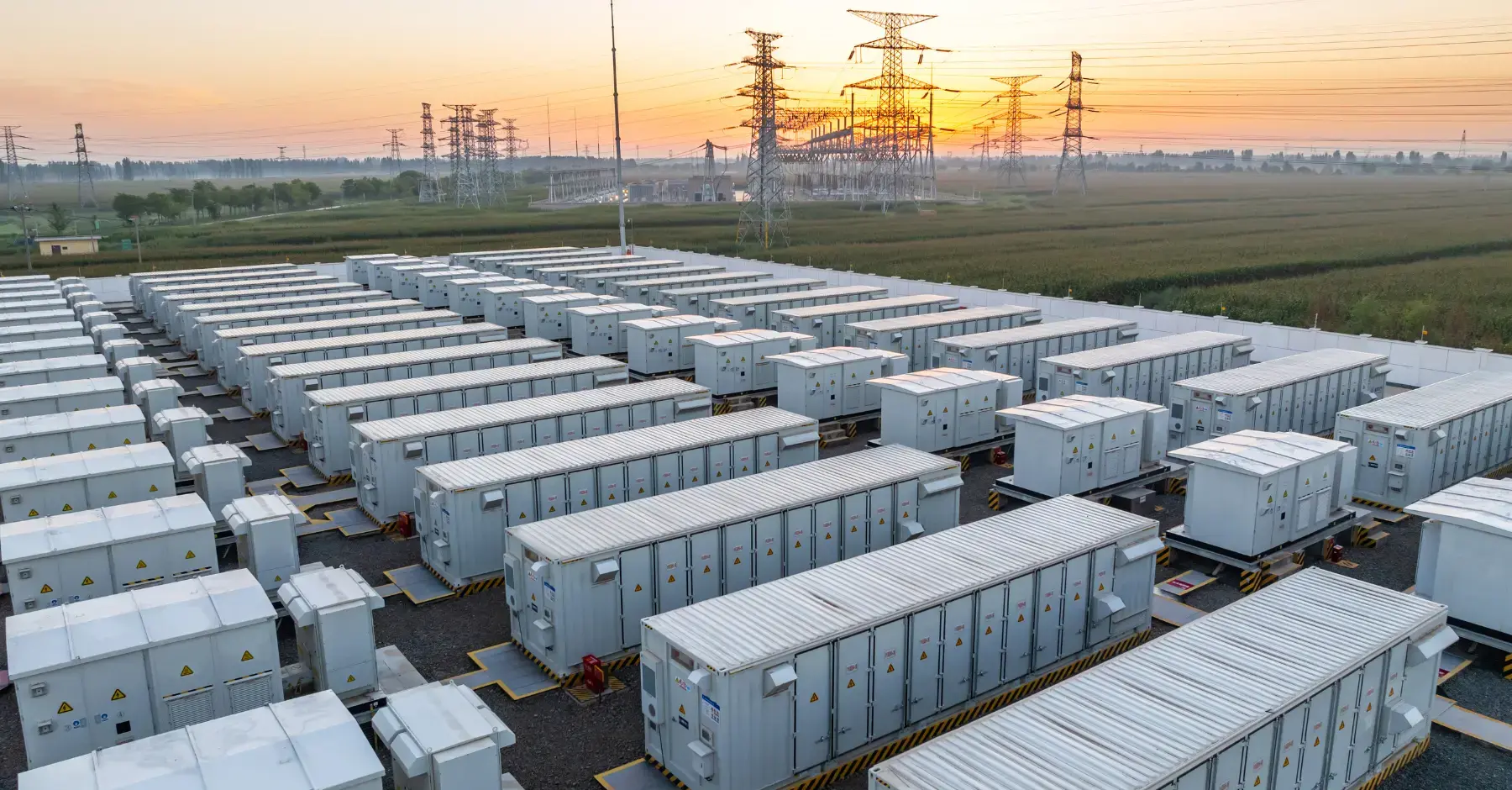
Weather conditions, such as occasional daily and annual variations in temperature and moisture, have obvious temporary effects on energy bills. Heating costs rise when it is cold and dry, while cooling costs rise when it is hot and humid. Weather changes associated with climate change are expected to have long-term permanent impacts on those costs by causing weather extremes and changes to how power is produced.
Imagine a pendulum swinging left to right. If someone nudges it just a bit each time it was all the way to the left, the swing in both directions gradually increases. In this analogy, weather cycles to and fro on a steady recurring basis. The finger pushing the pendulum is the increased concentration of greenhouse gases (e.g., carbon dioxide, methane, refrigerants) due to human activity. They slightly increase the insulating ability of the atmosphere, reducing the rate at which heat is lost to space. Global, and sometimes regional, temperatures rise which pushes the usually balanced weather pendulum further toward greater extremes each year.
Coping with summer extremes means more air conditioning, which causes higher power demand, requires more power plants, heavier transmission lines, and larger transformers, all of which must be paid through our electric bills. While seasonal shifts may boost short-term energy costs requiring the use of more expensive fuels or purchasing power, long-term increases in grid load may boost peak demand charges to cover extra fixed costs of that power generation and delivery equipment. While renewable sources of energy may provide free fuel, accessing that energy requires the installation of capital-intensive equipment.
Renewables are also not immune to climate-related price impacts. When winters (on average) become warmer, the atmospheric moisture balance that produces rain and snow may be upset. In the U.S. Northwest, a winter’s snow is needed as it melts in the following spring and summer to power hydroelectric power plants. A reduced amount may result in burning more fossil fuels to make up the difference, further aggravating climate change. The prolonged west coast drought provides a local example: the loss of snowpack in the mountains led to the lowering of reservoirs at hydroelectric dams. In nations heavily dependent on hydro, such as Africa and South America, significant changes in the moisture balance have led to power cutbacks and greater fossil-fueled power generation.
Impacts may also be indirect. Many large power plants depend on abundant and cool river water to remove the waste heat they produce. Several, including nuclear plants, have had to shut down when water levels dropped and water temperatures rose during extended droughts. As power supply dwindled, power prices soared.
Wind turbine power output has also been impacted by extremes. In both Texas and along the west coast, extensive lulls in wind speed last year cut turbine output by over 40% for weeks at a time, requiring power from non-renewable sources to make up the deficit. An unusually strong September 2016 storm in Australia caused turbines to automatically shut down to avoid damage. The sudden loss of their output caused a large power imbalance that blacked out the grid for the entire state of South Australia for nine hours. To avoid a repeat, the utility is considering expansion of fossil-fueled backup generation. Electricity storage technologies such as batteries are currently being installed to provide power when wind or sunlight are lower than expected. As these occurrences increase in number and severity, increased storage per kW generated will become necessary which will add additional costs to the systems.
Other impacts of weather extremes on energy pricing may be more subtle but nevertheless, appear on the bottom line of energy budgets. Nudging the weather pendulum too far may harm the energy infrastructure and increase maintenance as well as repair costs. These costs may eventually become part of future energy pricing. In 2005, Hurricanes Katrina and Rita put more than 100 oil platforms out of commission, while damaging 558 pipelines, causing fuel prices to spike. Winter extremes freeze rivers for weeks in coal country, which block barge shipments to power plants. These extremes also cause coal piles to freeze to a point that jackhammers may be needed to loosen them.
As the pendulum continues to be nudged, the costs due to such extremes will continue to rise.


